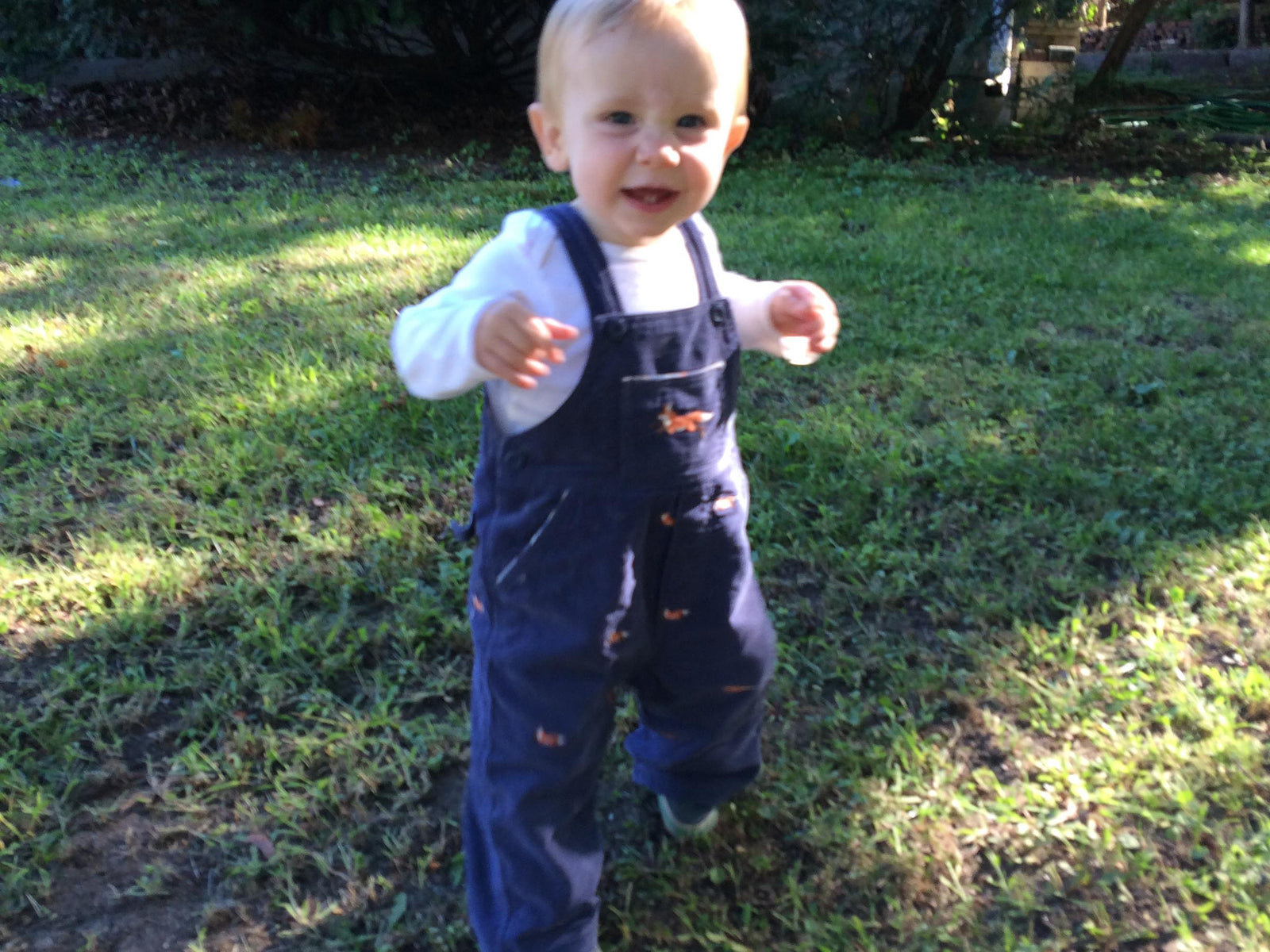
The Science of Creativity
“If you want your children to be intelligent, read them fairy tales. If you want them to be more intelligent, read them more fairy tales.” - Albert Einstein
Creativity is a powerful tool that doesn’t always get enough credit. Or, sometimes we don’t give ourselves enough credit for having it. “I’m just not that creative,” doesn’t mean you aren’t equipped to be creative because everyone has the potential to be. It just depends on how it gets developed.
What does creativity have to do with science?
Science is the study of what is known. Advancements in science come from first imagining what else could be and imagination is the result of creativity. Dr. Charles Limb studied brain activity proving what Einstein already knew. In “The Source of Creativity,” Limb demonstrates how trained skills and creativity work together.
What does that have to do with fairy tales, exactly?
Einstein didn’t mean fairy tales per se make people smarter. His point was imagination is essential to a scientist and fairy tales help stimulate imagination. In truth, fairy tales are not the most important point of the statement. They are a tool which cultivates children’s imaginations. Really, the most important part of the quote is about reading.
Books are invaluable to supporting creativity, even with something as simple as the alphabet. One great example is “The Numberlys,” an award-winning app recently turned into a book. Yes, you read that correctly. An app got turned into a book. The story literally combines engineering and creativity when five friends ask, “Is there something more?” Together they change their world one letter at a time.
And, it’s not just reading to young children. Sustaining creativity can become more difficult as children grow and so literacy needs to be supported throughout all stages of their development and education.
Shouldn’t kids get better at creativity as they learn more?
Children are naturally inclined to be creative because they have fewer inhibitions than adults. In the case of nose-pickers and half-naked toddlers, we can be thankful for some learned inhibitions, but social pressures as children mature can also go too far in the other direction. Fears, like being different, making mistakes, and failing, stifle creativity. Highly-structured educational institutions are prone to cultivating limits and fear, as well, with block schedules and high-stakes testing. Elements which build creative skills need to be integrated into academics to off-set these issues. Valuable education initiatives, like STEM (Science Technology Engineering Mathematics), and artistic programming, like music, are essential to a well-rounded learning environment. Technical skill needs to be paired with creativity.
Being smart does not guarantee strong creativity and an intelligent mind is limited without it. If you’re not convinced by Einstein or Limb, think about what Bill Gates has to add. In his commentary “Unleashing the Power of Creativity” Gates says, “…we can put our creativity and intelligence to work to improve our world.” and it’s “through our natural inventiveness, creativity and willingness to solve tough problems, we’re going to make some amazing achievements.” The computers aren’t making things, it’s the people using the computers who make great things.
So, mix some Einstein with a bit of Gates; grab a book and load a good app. What achievements will come from your child’s creativity?
Check out these resources to learn more:
“The Numberlys” was written by William Joyce, the same man behind Epic and The Rise of the Guardians.



